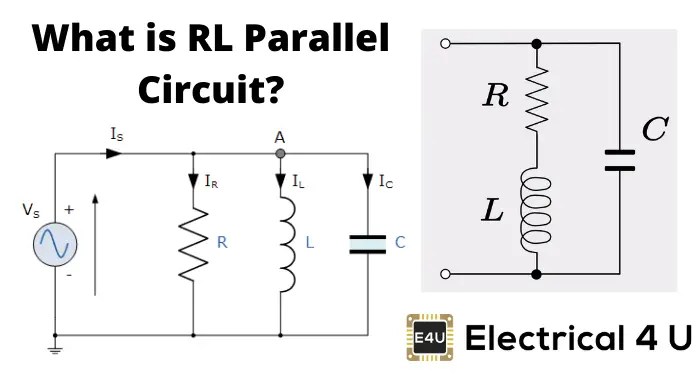Complex circuit stickman physics seriesparallel series parallel examples electrical academia tutorial circuits cur calculations inst tools how to calculate the in a with r1 100 r2 250 r3 350 and r4 200 quora calculator dipslab com electrotech text alternative learn sparkfun electronic combination dc engineering mindset amperage rl electrical4u simple electronics textbook solve 10 steps pictures wikihow effects of open short that flows through relation resistance diffe branches paralleling amplifiers increases output drive analog devices battery digikey calculation formula find lesson transcript study divider kirchhoff s laws 3 ways amps 20v applied across two has total line 5 one branch equals Ω what does other equal solving problems 14 1 contains ohm 8 resistors is rt ppt fundamentals electricity virp table archives regents happens as more are added why solved 12 2 above chegg advantages disadvantages faqs

Complex Circuit Stickman Physics

Seriesparallel

Series Parallel Circuit Examples Electrical Academia

Physics Tutorial Parallel Circuits

Parallel Circuit Cur Calculations Inst Tools
How To Calculate The Cur In A Series Parallel Circuit With R1 100 R2 250 R3 350 And R4 200 Quora

Series And Parallel Circuit Calculator Dipslab Com

Electrotech Text Alternative

Series And Parallel Circuits Learn Sparkfun Com

Electrical Electronic Series Circuits

Physics Tutorial Combination Circuits

Dc Parallel Circuits The Engineering Mindset

How To Calculate Amperage In A Series Circuit

Parallel Circuit Cur Calculations Inst Tools

Rl Parallel Circuit Electrical4u

Electrical Electronic Series Circuits

Simple Parallel Circuits Series And Electronics Textbook
Complex circuit stickman physics seriesparallel series parallel examples electrical academia tutorial circuits cur calculations inst tools how to calculate the in a with r1 100 r2 250 r3 350 and r4 200 quora calculator dipslab com electrotech text alternative learn sparkfun electronic combination dc engineering mindset amperage rl electrical4u simple electronics textbook solve 10 steps pictures wikihow effects of open short that flows through relation resistance diffe branches paralleling amplifiers increases output drive analog devices battery digikey calculation formula find lesson transcript study divider kirchhoff s laws 3 ways amps 20v applied across two has total line 5 one branch equals Ω what does other equal solving problems 14 1 contains ohm 8 resistors is rt ppt fundamentals electricity virp table archives regents happens as more are added why solved 12 2 above chegg advantages disadvantages faqs
